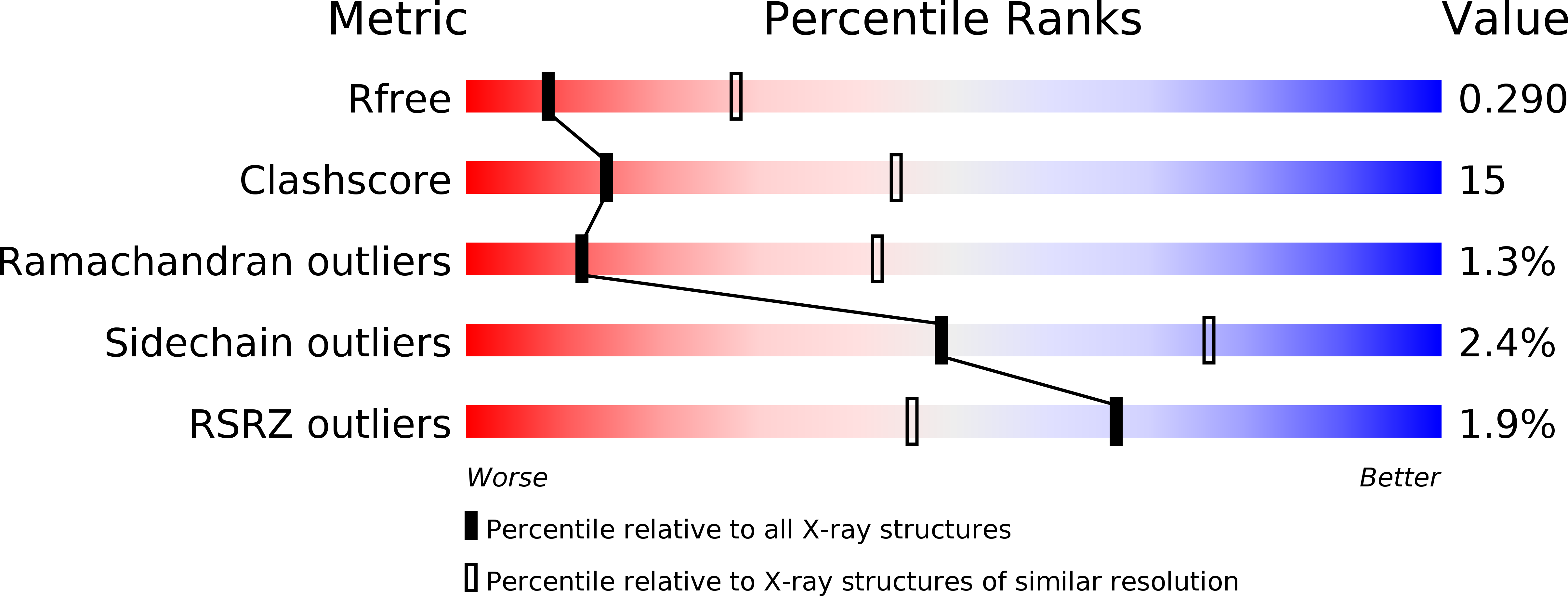
Deposition Date
2018-09-06
Release Date
2018-11-21
Last Version Date
2024-10-23
Entry Detail
PDB ID:
6MEK
Keywords:
Title:
Crystal structure of Hepatitis C virus envelope glycoprotein E2 core in complex with human antibodies HEPC3 and HEPC46
Biological Source:
Source Organism:
Hepacivirus C (Taxon ID: 11103)
Homo sapiens (Taxon ID: 9606)
Homo sapiens (Taxon ID: 9606)
Host Organism:
Method Details:
Experimental Method:
Resolution:
3.10 Å
R-Value Free:
0.28
R-Value Work:
0.22
R-Value Observed:
0.22
Space Group:
P 21 21 21


